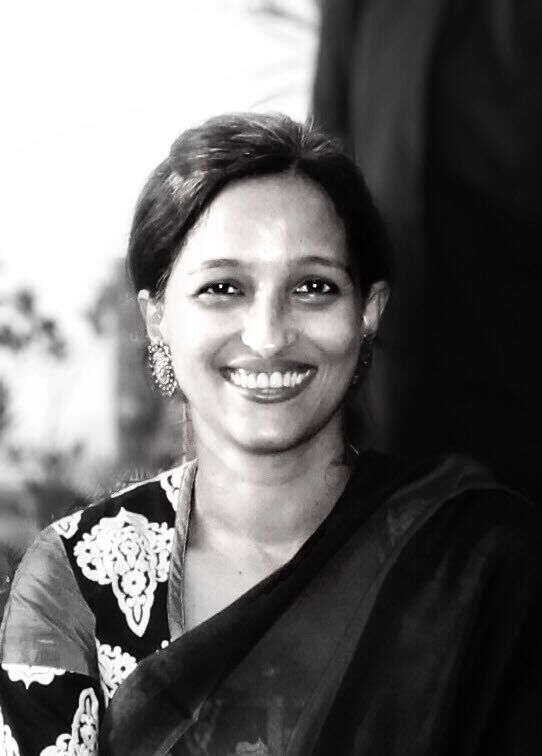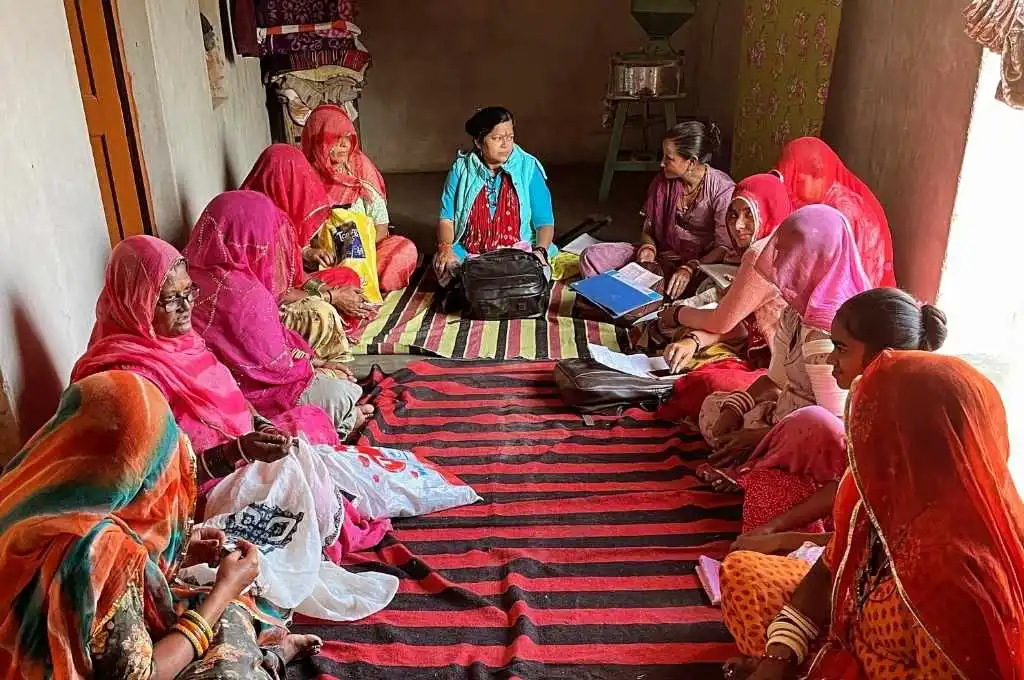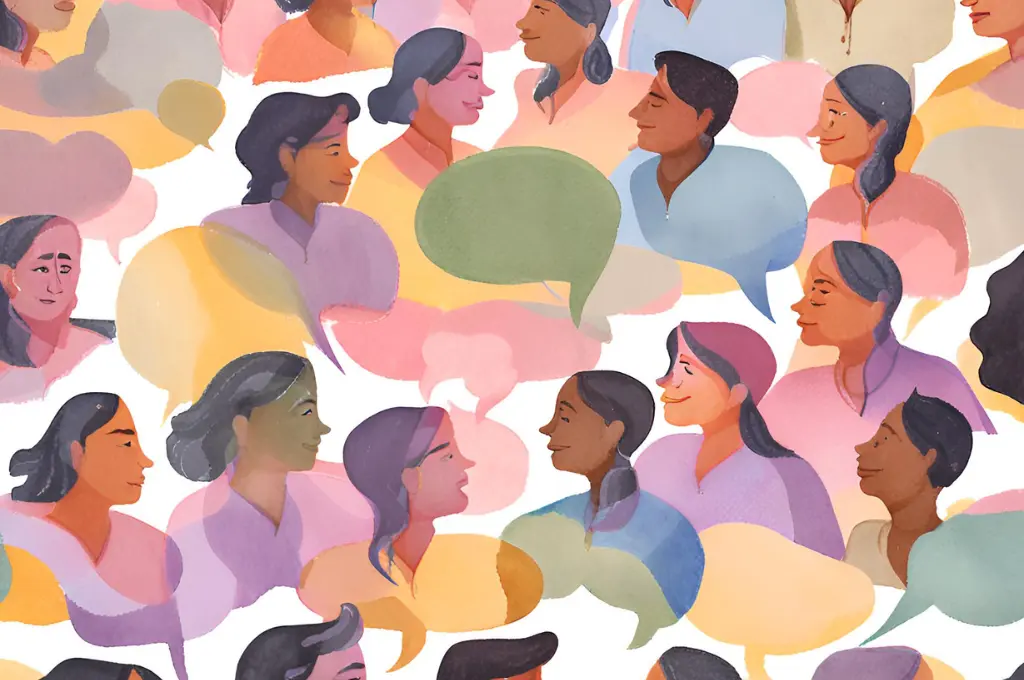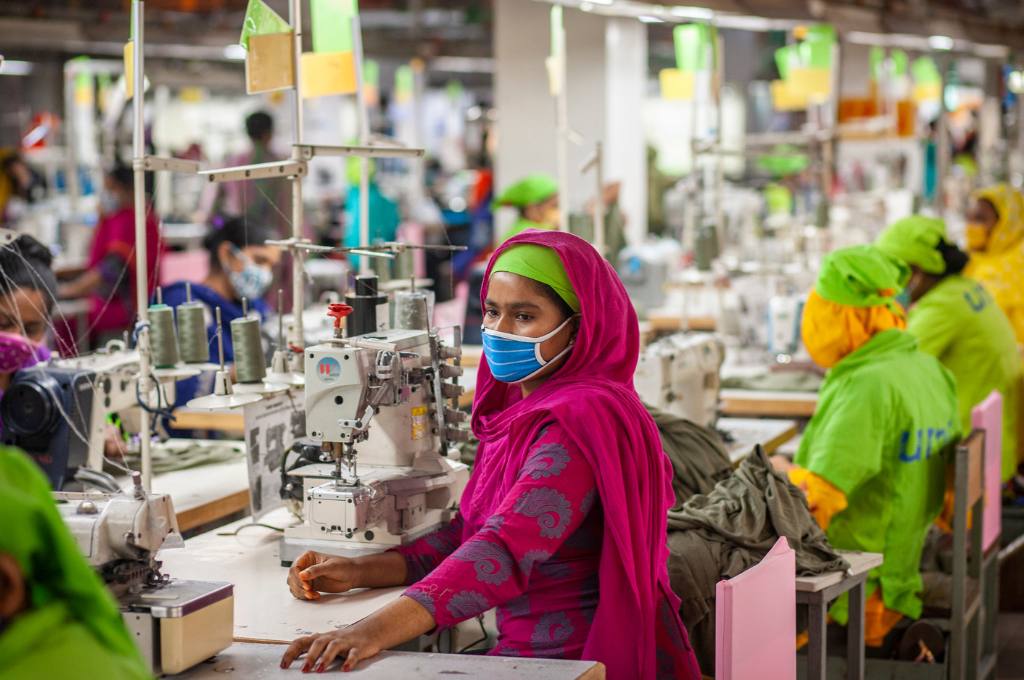The COVID-19 pandemic had a devastating effect in Jharkhand, especially on the poor and vulnerable. The imposition of the lockdown resulted in unemployment rates reaching as high as 59.2 percent in May 2020. The National Health Mission’s socio-economic survey, which looked into 443 deaths across eleven districts in the state, revealed that 62.2 percent of those who died of COVID-19 belonged to lower-income groups that earn less than INR 10,000 a month. In essence, the pandemic exposed the sharp fault lines of social and economic inequities that made certain population groups more susceptible to the effects of the crisis. One such group was adolescent girls and young women.
Keeping girls in school
In Jharkhand, prior to the pandemic, adolescent girls didn’t attend school for a host of reasons, including migration to cities, child marriage, working to supplement family incomes, and household chores. In districts such as Pakur—one of the 117 aspirational districts in India—families migrated en masse seasonally. Adivasi communities would marry their girls early because of an economic incentive—they would receive a bride price from the boy’s family. Many girls were also responsible for taking care of their siblings. All of this meant that sending the girls to school was not a priority for the families.
Before the pandemic, Aangan Trust, an organisation focused on protecting children and adolescent girls, spent a few years working with families and school authorities in Jharkhand to ensure that more girls went to school. They trained 2,000 women volunteers in Pakur to understand the risks to girls’ safety, identify families where girls would be facing these risks, and then take action at the family and community level. “We wanted to see what we could do to ensure that girls were not just enrolled in school, but also attending it regularly. Over two years we saw an increase in attendance—from around five days a month to 15 days or more every month. Moreover, our volunteers helped girls get linked to schemes such as Sukanya Samriddhi (a savings scheme) and Tejaswini (a vocational training scheme). So there was an incentive for families to send their girls to school,” says Chaitali Sheth, COO of Aangan Trust.
When the pandemic hit, schools shut and girls no longer had access to the physical, intellectual, and emotional infrastructure they provide. Nonprofits working in Jharkhand point out that all the work they had done at the grassroots to enrol girls in school—negotiating with and convincing families as well as working with school authorities to make sure that they influenced families to enrol their girls—came to nought. All the gains that had been made prior to the pandemic were lost.
“Most families are facing extreme financial vulnerability. The situation has become so bad that while one parent was working earlier, we now find that both have to work to make ends meet. Having girls at home to take care of siblings and chores allows both parents to go out to work, so they are reluctant to send their girls back to school”, explains Sudeshna Basu, programme head at Aangan.
Having lost out on two years of learning, adolescent girls themselves are reluctant to go back to school as they feel ill-equipped to cope. Moreover, the reopening of schools in October 2021 coincided with the examination period, and most girls didn’t want to go back and take exams.
“What has changed from 2020 is that we need to keep a really close watch to make sure girls are resuming their education. Secondly, we have to invest resources to help those who have fallen behind. This is really important, because even if they come back to school, they’ll fail in class 8/9/10 and drop out. So helping them cope after they come back to school is critical and we all should be looking at what we can do,” adds Sudeshna.
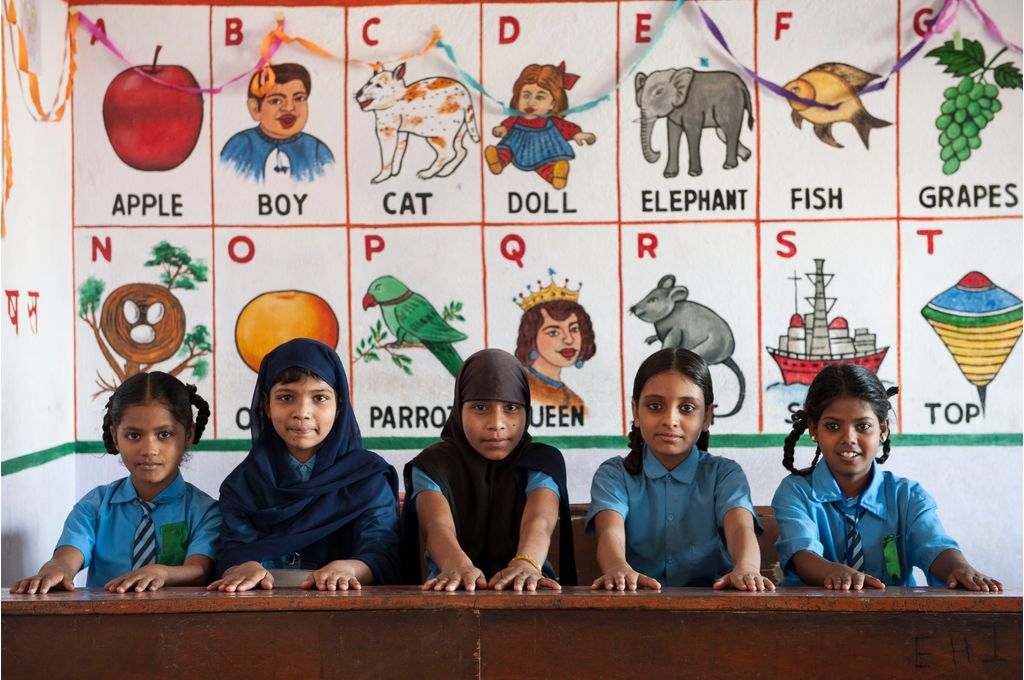
The state government recognises that girls are not coming back to school. “They’ve been running a few back-to-school programmes, for instance, the ‘100 days reading’ campaign. But these are focused on first to fifth standard and don’t help because it’s the older girls who are dropping out”, says Chaitali.
Sending girls back to school is not just about learning, but also about safety. When a girl makes it to school, even if it’s 10–15 days a month, she is accounted for. “To be honest, at Aangan we are not focused on whether she’s learning or not,” says Chaitali. “She may not be, but she’s in a safe space. And that’s why school is so important. At least she’s not married and pregnant at 15, trafficked, or working in a brick kiln. So, in many ways, prevention from harm is a critical aspect of sending girls to school.”
Mental health surfaced as a big concern for adolescent girls
The long days of fear and a sense of foreboding among young people translated into stress, anxiety, and depression. A quantitative survey undertaken during the first lockdown in 2020 by the Centre for Catalyzing Change (C3), an organisation that works with adolescents in multiple states, found that nearly half of the boys and girls surveyed reported increased stress at home. They were worried about the loss of livelihood and income in the family, and the stress of managing day-to-day living in the absence of remittances by those working elsewhere. The closure of schools and the accompanying loss of peer networks also added to their stress levels. Older adolescent girls bore the increased burden of household chores and caring for their siblings. They also experienced constant fear about contracting the virus.
Given all these factors, mental health became a critical issue to contend with. Dr Aparajita Gogoi, executive director of C3, says, “Their parents were not going out to work; they were not going to school. Everyone was at home all the time. Moreover, many family members had lost their jobs. Many of the girls also worried about whether they would be allowed to go to school once everything opened up. Would they be able to cope with or complete their studies? Would they get a job? Would they just be married off instead?”
In many cases, adolescents in districts such as Gumla, Lohardaga, and West Singhbhum didn’t know whom to reach out to when they experienced anxiety, stress, or depression. Because, as Aparajita says, “The problem is that mental health services do not reach the last mile in our country.” To help address some of this, C3 created several short, WhatsAppable public service ads that talked about how stress and mental health issues can be identified and whom to reach out to for support.
Chaitali also refers to the heightened levels of isolation that girls experienced. “We were hearing a lot about children facing anxiety and confusion. They didn’t know whom to go to. To address this, in June 2021, we launched ‘Connect Karo’—a toll-free number that they could call. The idea was to break isolation, especially in light of the devastation and grief that so many were experiencing during that time. Over a period of four months, we had about 400 girls in Jharkhand calling the number just to speak to somebody. They had been locked in and didn’t know what was happening, and so they were anxious, confused, and had several questions about their future.”
The silver lining though was that talking about mental health became less of a taboo. A majority of the participants in the C3 survey voiced the need to end the stigma around mental health, and be provided access to non-judgmental, confidential, affordable mental health care to cope with stress, the pressure of studies, bullying, depression, and anxiety. Nonprofits, for their part, are taking advantage of the destigmatisation to identify ways to provide mental health services in their areas of operation.
The increased digital divide between young girls and boys will have far-reaching consequences
Much has been written about the increased digital divide created by the pandemic. Access to devices has always been a barrier, with only 20 percent of girls in Jharkhand owning a mobile phone in comparison to 39 percent of boys. However, the impact was harsher on adolescent girls given their lack of digital literacy.
If you want girls to be socially and financially independent, and live their lives to the fullest, we have to invest in digital literacy.
India alone accounts for nearly 50 percent of the gendered digital divide in the world, with a mere one-third of the total internet users in India being women. Aparajita says, “What really came to the fore during the pandemic was that if you want adolescent girls to make the transition from schools and colleges to workplaces, it is extremely important for them to be digitally literate.”
The world is becoming digital first—be it for learning, jobs, entertainment, or shopping—and the lack of digital literacy is going to push more and more adolescent girls back. “If you want girls to be socially and financially independent, and live their lives to the fullest, we have to invest in digital literacy,” she says.
However, she also points out that to become digitally literate, girls first need to have basic language literacy and numeracy skills. “If they don’t have basic numeracy and literacy, if they do not know how to read texts, it’s very difficult to be digitally literate. So, we need to think of how we can introduce digital literacy to girls who are being left out. Targeted last-mile connectivity in deprived villages, panchayats, and blocks with affordable access to personal or community devices and affordable internet access are real needs”.
She also talks about how quickly girls learnt things that mattered to them. “In Chhattisgarh and Jharkhand we were teaching them how to open a file or write an e-mail. But they wanted us to show them how to do online shopping, execute digital payments, access entitlements, or use the internet to get an Aadhaar/ration card for their parents.” Learning these skills made them the go-to people for their families for activities such as accessing government schemes and digital transfer of money.
Girls will have to navigate the digital world, whether to book train tickets, apply for scholarships, or join the workforce. It is imperative to ask if they are being given the opportunity and the tools to do so.
Aspirations versus social and economic barriers
Despite the sense of gloom they experienced during the pandemic, girls have strong aspirations. In a survey conducted by C3 in Gumla and Lohardaga districts in March 2022, as part of a child marriage prevention project, 70 percent of the girls surveyed said they wanted to work. Their responses to a question about aspirations varied from wanting to run their own business to becoming reporters, scientists, fashion designers, goat farmers, and nurses. Many wanted to learn cooking, masonry, computers, and beauty/wellness. About a quarter of them said that they wanted government jobs. When asked about the barriers they would face in achieving their dreams, most cited being forced to drop out of school and having to do household chores.
Aparajita points out, “The reality is that their dreams are pitted against entrenched barriers—family expectations, safety, mobility, and a lack of skills. They also don’t have any role models in their real lives, so their aspirations are fuelled by what they see in the digital world—girls working, travelling, or selling beauty and fashion products. They relate to that much more than us showing them an inspiring film on a female achiever.”
The way forward
Nonprofit leaders agree that the real work to rebuild and restore begins now. If we don’t, we will realise in five years that it was a missed opportunity, and that these young women have dropped out of school and fallen back further in the quest for employment and work-readiness.
To prevent this from happening, we have to ensure that we invest more in girls’ health and education, and in changing social norms. According to Aparajita, now that we are talking about an economic recovery, it is also a great time to push for gender transformative, inclusive, and intersectional policies. “When we do a budget allocation for education, how can we ensure that it is gender sensitive, or that it is catering to digital equity for girls. We must therefore collect gender-disaggregated data, which tells us about girls’ attendance, re-enrolment, and completion of school.”
She highlights why it is critical to keep girls and women at the centre as we rebuild and reprogramme. “It’s also important to prepare girls to be resilient, and equip them with skills including financial and digital literacy and other 21st-century skills that can help them respond better to future shocks like COVID-19,” she says.
The adolescent girl must be looked at as a whole and not as a sum of parts.
Reinforcing this message, Chaitali adds a note of caution. “We shouldn’t look at things in silos,” she says. “When a crisis hits, it affects everything—health, education, mental well-being, and more. So, any kind of siloed programming or funding doesn’t work. Moreover, any kind of prevention work can’t happen in the midst of a crisis. And it can’t happen right after a crisis either, because the community is still reeling.”
It is therefore imperative that during non-crisis times, both funders and nonprofits invest in a broader programme, and not just on one or two outcomes. The adolescent girl must be looked at as a whole and not as a sum of parts. There are many aspects in her life that are at risk—her education, physical and mental health, agency, and so on.”
Chaitali explains this further. “I understand that funders and government want to work for adolescent girls, but just doing safety sessions with the girls is not going to address the issue. We need regular and sustained work with their families, panchayats, and the wider community. You have to get them on board because it is they, and not the girls, who must take that responsibility of improving their lives.”
Therefore, the question to ask is: How do we build this? Because resilience is not just about bouncing back, but also about moving forward and thriving. When the next crisis happens, are you as a community prepared for it now? Or are you going to go back and take your girls with you to ground zero?
—
Know more
- Read this report to gain a deeper understanding how COVID-19 has altered the lived realities of adolescent girls and young women across India.
- Read this article to learn more about the pandemic’s impact on child marriages in India.
- Read this article on data-backed methods for empowering adolescent girls.

